Page 1
Tag: HFC phase-down
-

Rethinking refrigerants for a sustainable future
As refrigerants become a focus in the built environment, AIRAH’s NSW division organised a panel session to explore how we can transition to alternatives with lower environmental impact.
-
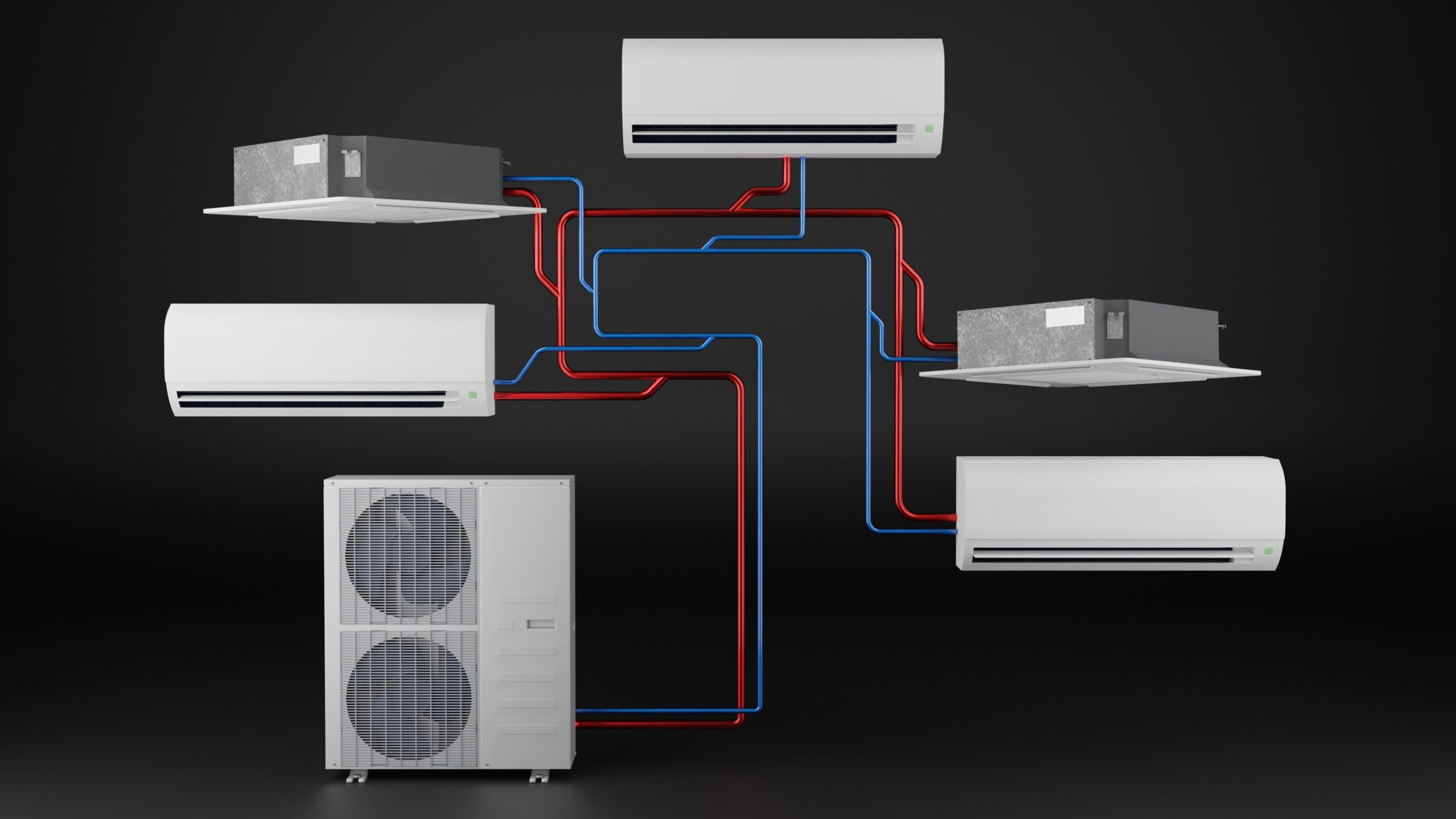
New restrictions for multi-head splits and VRF systems
From July 1, 2025, Australia is implementing a general ban on the import and manufacture of multi-head split and VRF systems that use refrigerant with a global warming potential (GWP) over 750 and have a refrigerant charge of 2.6kg or less.
-

Government releases details of HFC import quotas
The Department of Climate Change, Energy, the Environment and Water (DCCEEW) has released information about the allocation of non-grandfathered HFC import quotas for 2026–27.
-
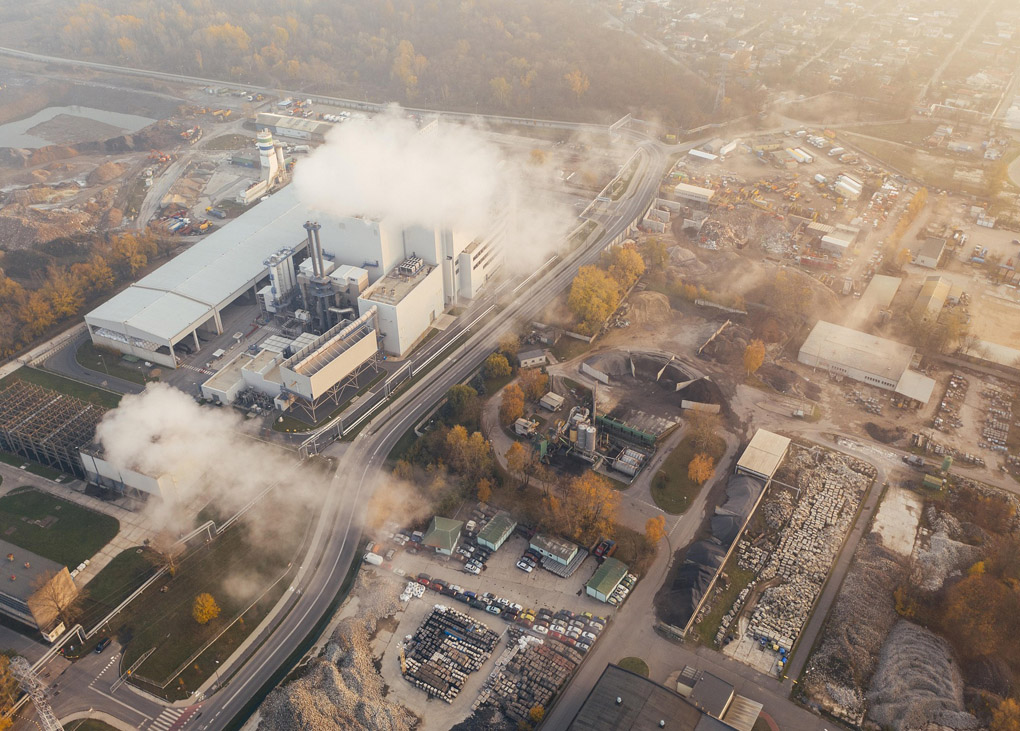
Report: China’s HFC emissions on the rise
A recent study has found that China’s hydrofluorocarbon (HFC) emissions represent more than 20 per cent of total global HFC emissions.
-
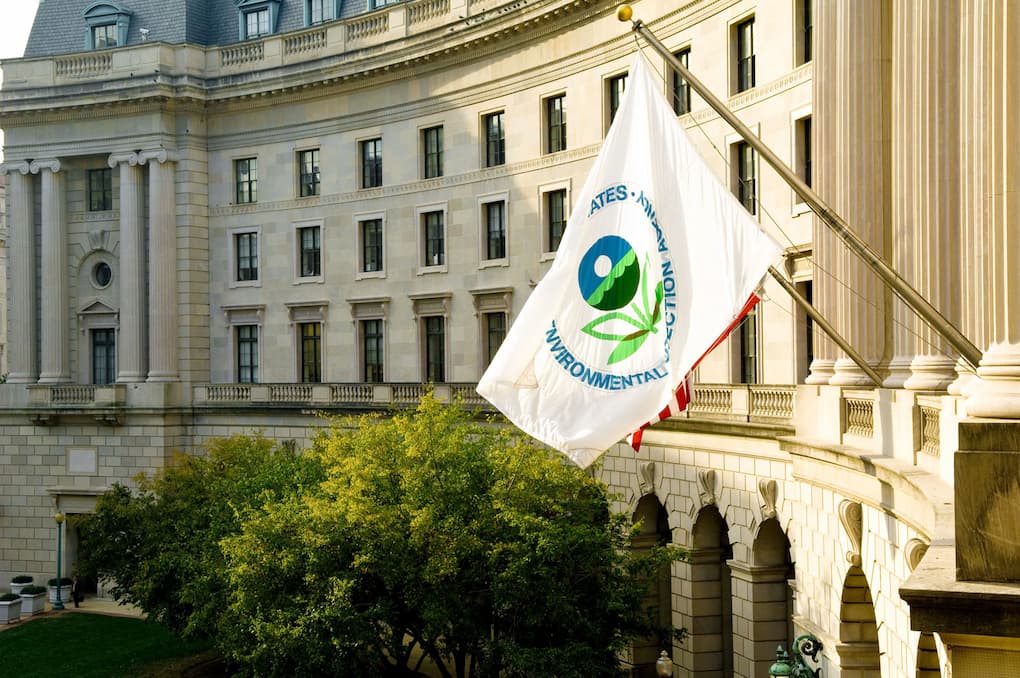
US EPA confirms final pillar of HFC phase-down plan
The US EPA has announced a final rule to establish a new program to better manage, recycle, and reuse HFCs under the AIM Act.
-

Eyes on commercial and industrial refrigeration
The federal government has opened public consultation on options to reduce the use of high global warming potential (GWP) refrigerants in the commercial and industrial refrigeration sector.
-
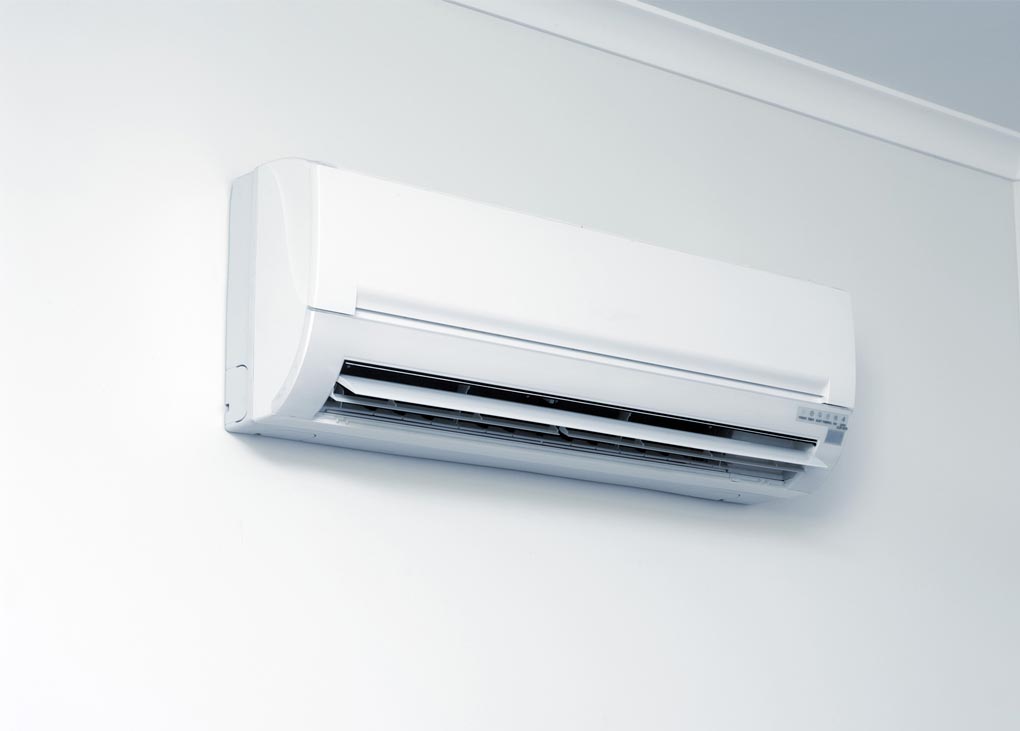
Ban on small AC finalised – plus new penalties
The federal government has amended The Ozone Protection and Synthetic Greenhouse Gas Management Regulations to ban the import and manufacture of small air conditioning systems using high-GWP refrigerants.
-
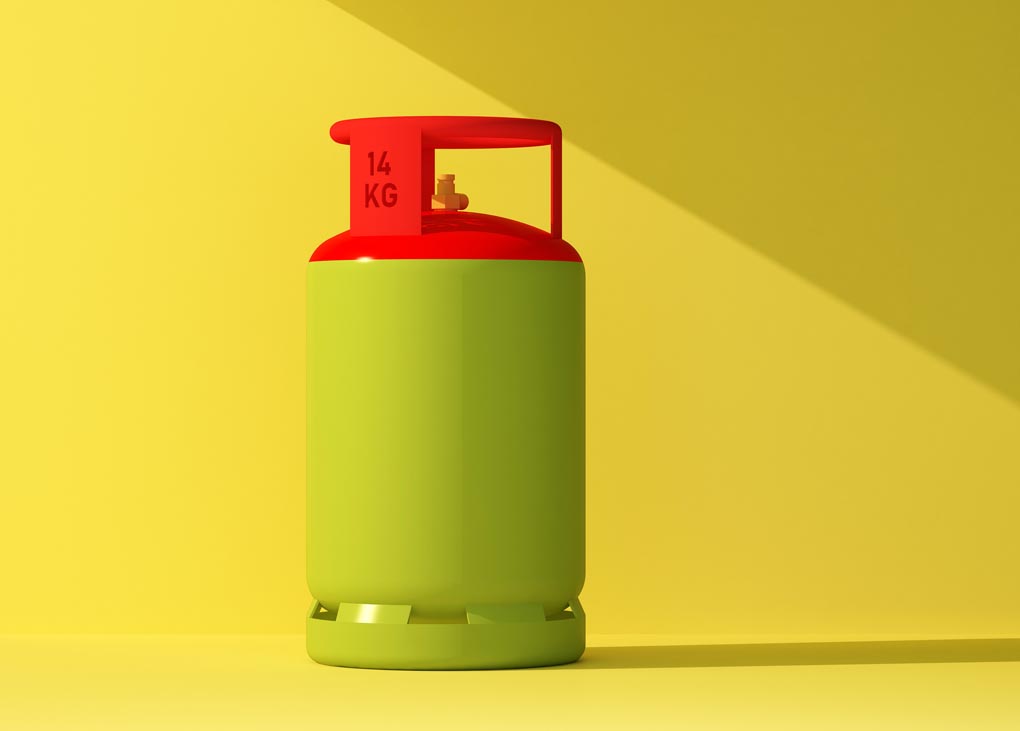
Chemours discontinues US sales of R404A
Global chemistry company Chemours has announced its strategic decision to cease sales of R404A and R507 in the US.
-
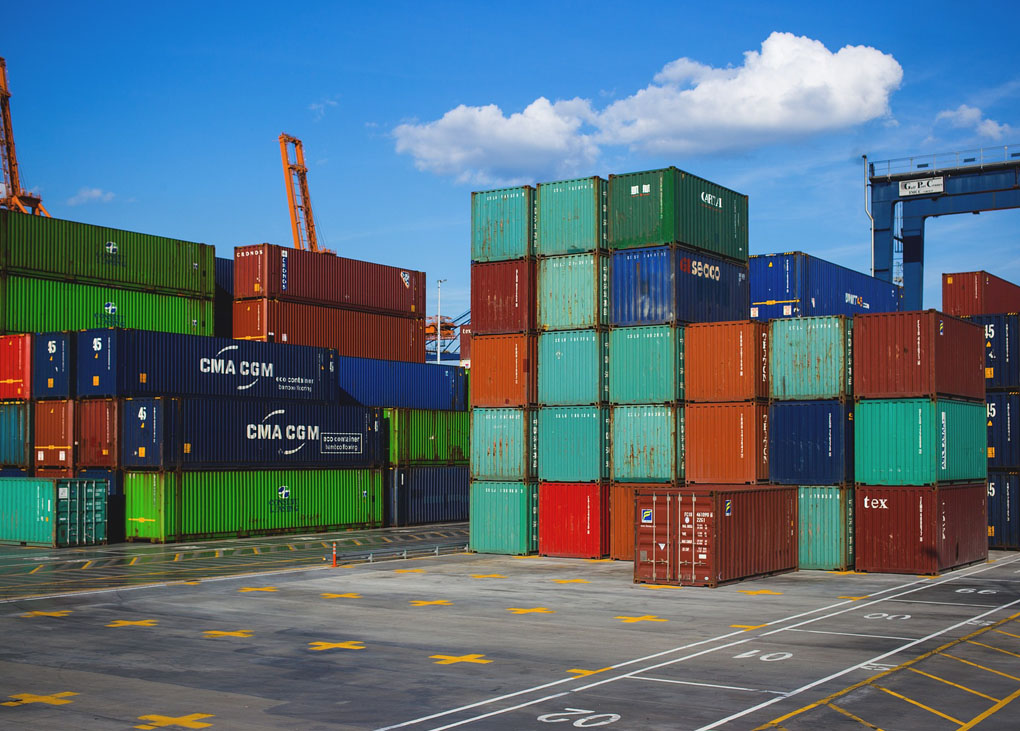
EPA targets illegal import of HFCs
The Environmental Protection Agency has reached a settlement with Resonac after the company imported hydrofluorocarbons into the USA.
-

If heat pumps aren’t an HFC quota issue, what is?
The recent report on heat pumps released by the Department of Climate Change, Energy, the Environment and Water (DCCEEW) looked to answer an important question. Would the increased uptake of heat pumps as a result of electrification jeopardise Australia’s HFC phase-down target? The answer it gave was a solid “no”. But although the report may […]
-

US EPA sets major restrictions on HFCs
The United States Environmental Protection Agency (EPA) has announced further actions it will be taking to to phase down hydrofluorocarbons (HFCs). The Biden-Harris administration aims to reduce HFCs by 40 per cent in 2024, and to achieve an 85 per cent reduction by 2036 under the American Innovation and Manufacturing (AIM) Act – in line […]
-
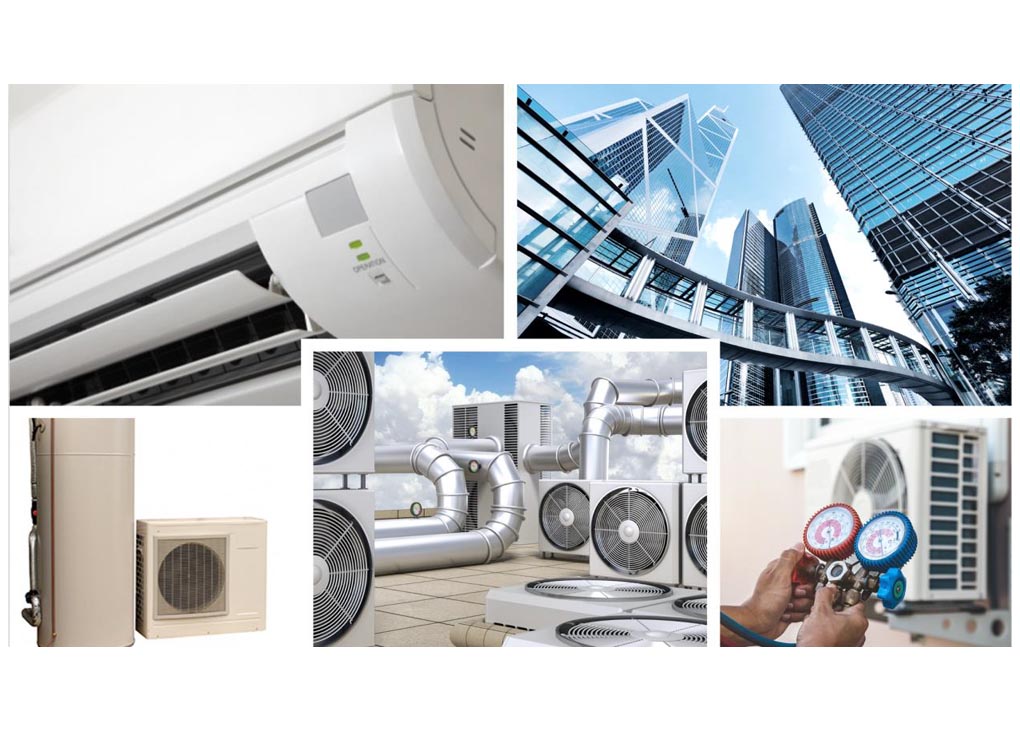
Heat pumps unlikely to blow our HFC budget
The Department of Climate Change, Energy, the Environment and Water (DCCEEW) has released a new report from the Expert Group that analyses how increased heat pump deployment in Australia could impact our goals to phase down HFC refrigerants. The report finds that although heat pump use will rise significantly, there will not be an increase […]
-

US lays out next steps for HFC phase-down
The US Environmental Protection Agency (EPA) has announced an HFC reduction of 40 per cent below historic levels from 2024 through 2028. The rule aligns with the bipartisan American Innovation and Manufacturing (AIM) Act’s goals to reduce the production and consumption of HFCs by 85 per cent by 2036. The US began its phase-down on […]
-
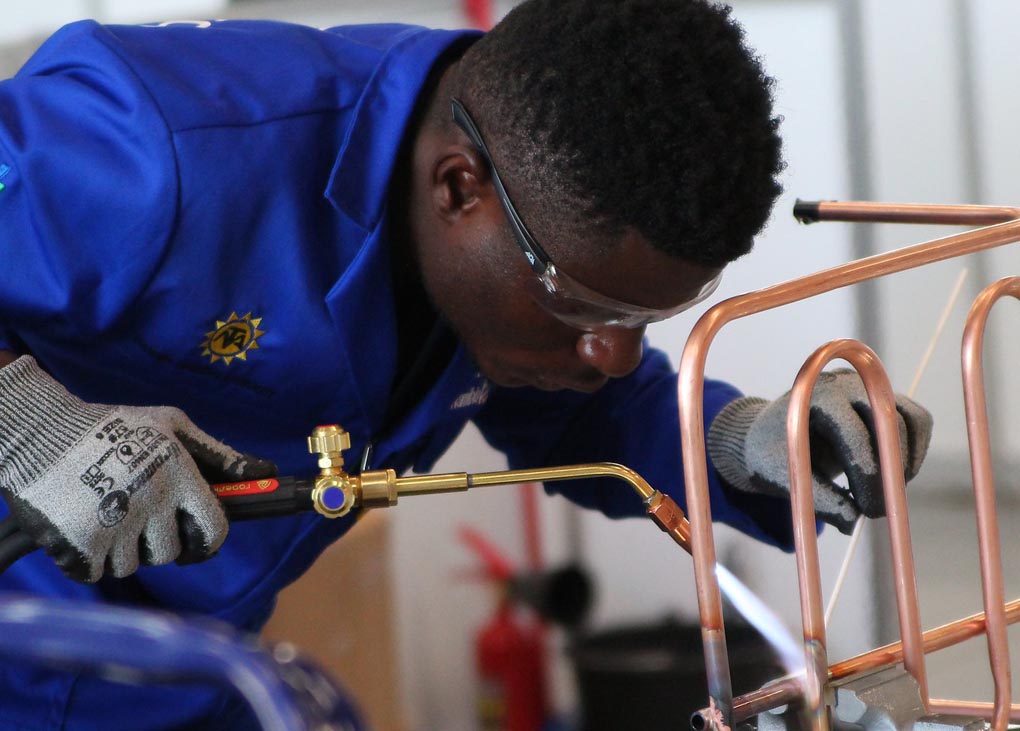
Global refrigerant licence scheme launched
After a decade of work from organisations around the globe and a series of pilot projects, the United Nations Refrigerant Driving Licence (RDL) scheme was launched at the 45th meeting of the Open-ended Working Group of the Parties to the Montreal Protocol, held in Bangkok. The RDL is a comprehensive refrigerant management qualification program that […]
-
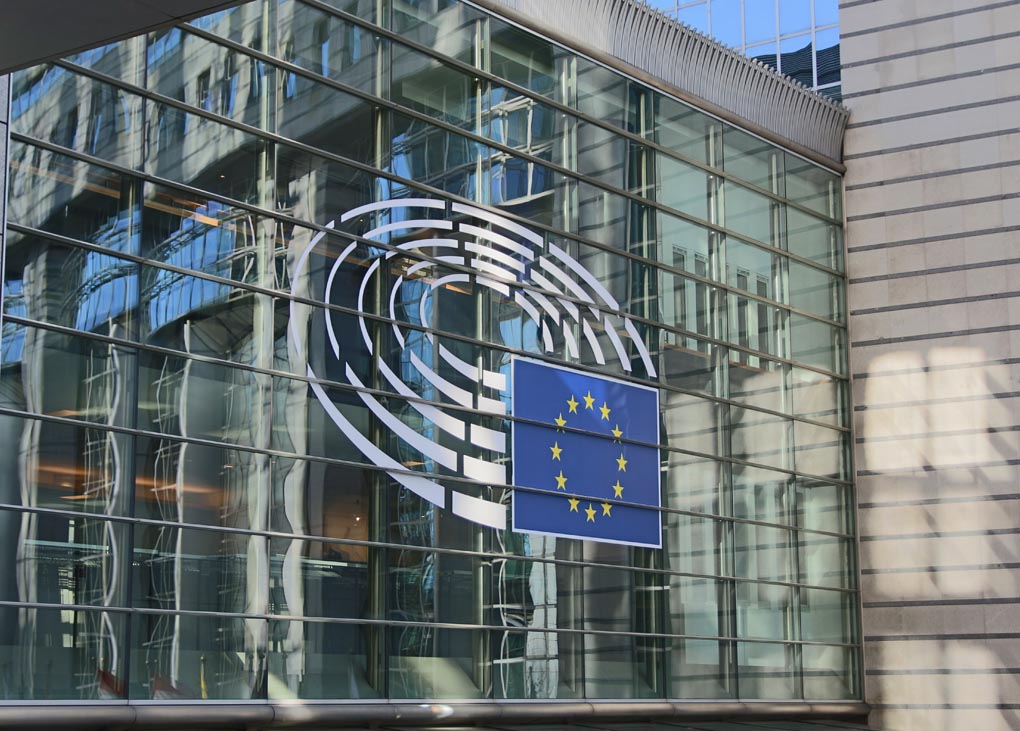
Europe commits to ambitious HFC phase-down
The EU Parliament has voted to accept revisions to the F-gas regulation that will result in a steeper phase-down of hydrofluorocarbons (HFCs) on the EU market from 2039 onwards, with a full HFC production and consumption phase-out by 2050. This aligns with the EU’s 2050 climate neutrality goal. “To stimulate the uptake of climate-friendly solutions […]
-

World grapples with refrigerant transition
A special international publication has collected perspectives from around the globe on the transition to low-GWP refrigerants under the Kigali Amendment. With the help of local experts, it reveals how the HFC phase-down is tracking, the major challenges so far, and the potential solutions. The Kigali Amendment aims to phase down HFC production worldwide by […]
-
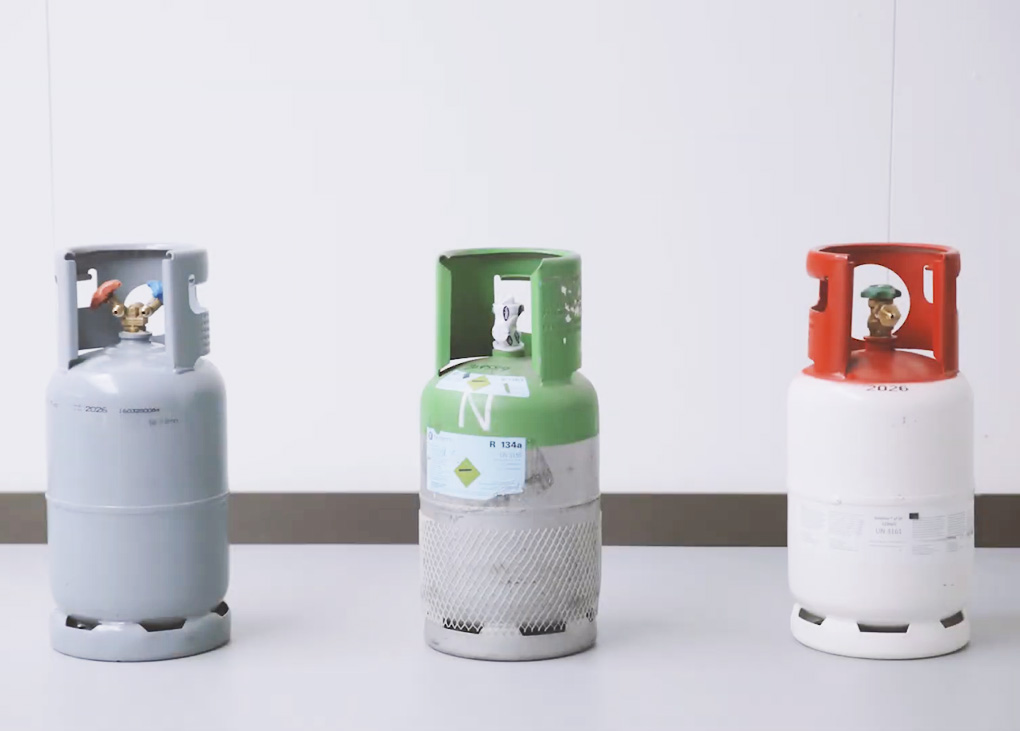
Tensions rise over EU HFC phase-down plans
As the European Union considers ambitious new targets for phasing down HFC refrigerants, industry is divided about the path forward. Some groups have cautioned regulators against moving too fast, but others believe the stricter phase-down is both achievable and desirable. What’s on the table? In April this year, the European Commission proposed two new regulations […]
-

Days of R404A are numbered
High-GWP refrigerants may soon be in short supply and rising in price as stockpiles dwindle, international pressures hit our shores, and the HFC phase-down quotas start to bite. And according to experts at AIRAH’s Refrigeration 2022 conference this week, that means it’s time for contractors to urgently switch away from R404A. When the HFC phase-down […]
-
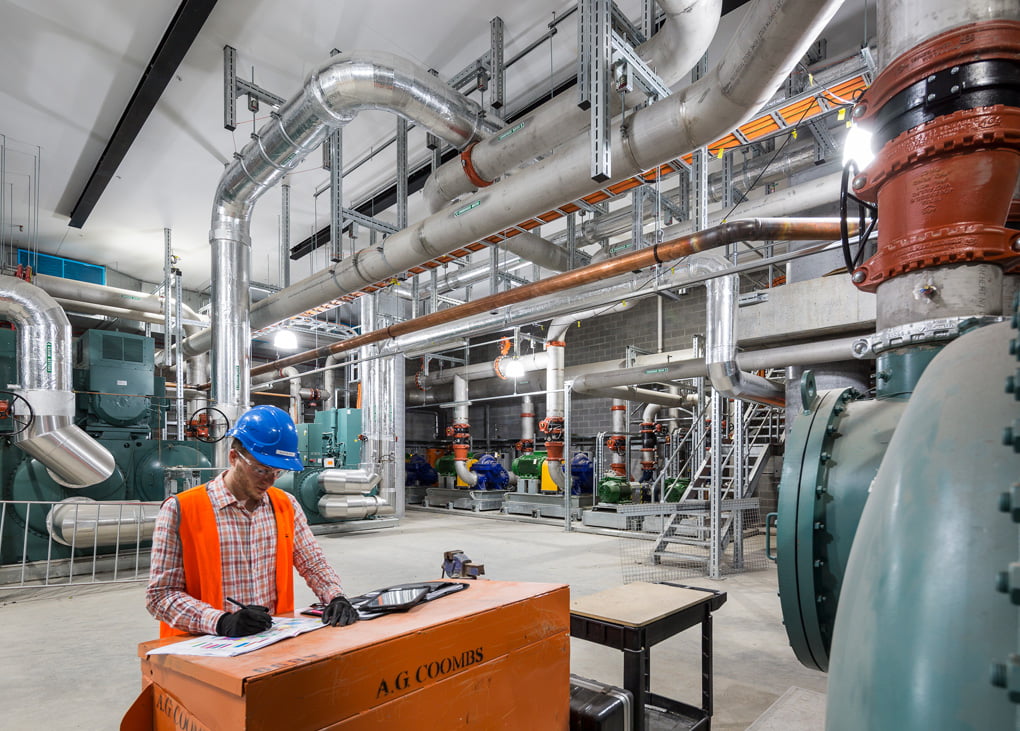
A.G. Coombs issues advice on commercial HVAC refrigerants
A.G. Coombs has produced an update on its advice about refrigerant use for commercial HVAC systems. “As the world grapples with rising temperatures caused by the emission of greenhouse gases, refrigerants are under renewed scrutiny,” A.G. Coombs says. “Common refrigerants are classified as greenhouse gases, which can be hundreds or even a thousand times worse […]
-
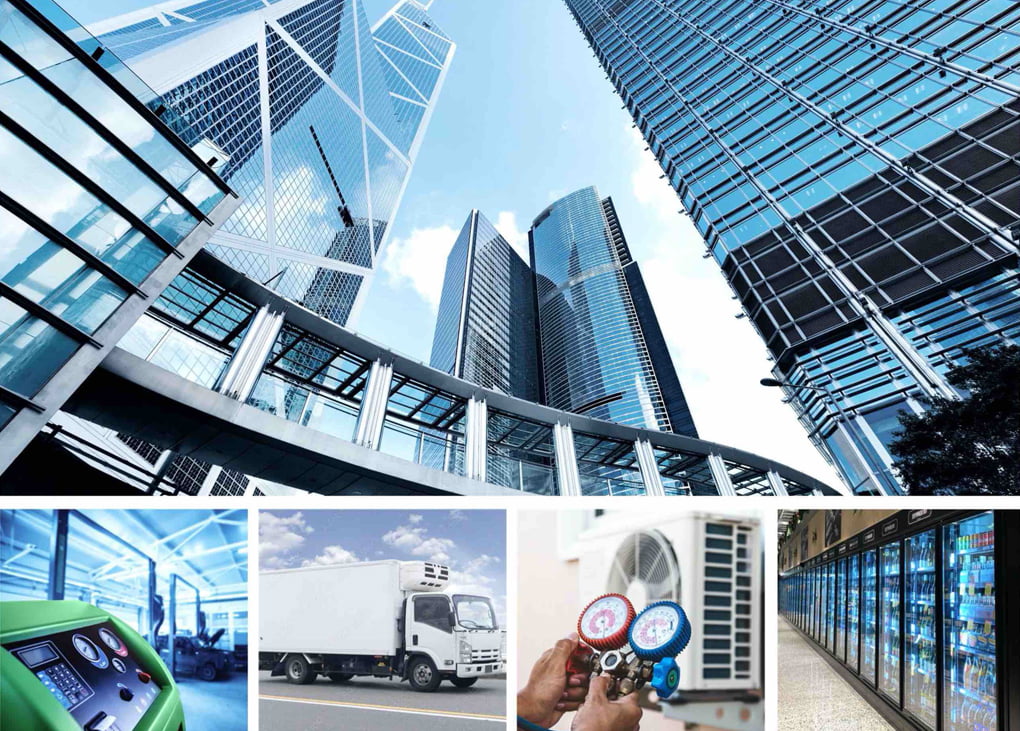
Refrigerant report underlines need for further efforts
The latest Cold Hard Facts report, just released, confirms that Australia has now very likely passed “peak bank” in terms of both total volume of refrigerant and its GWP value. But it also highlights segments of the refrigerant market that may require more attention, and the need for ongoing effort to restrict emissions. Since 2007, […]